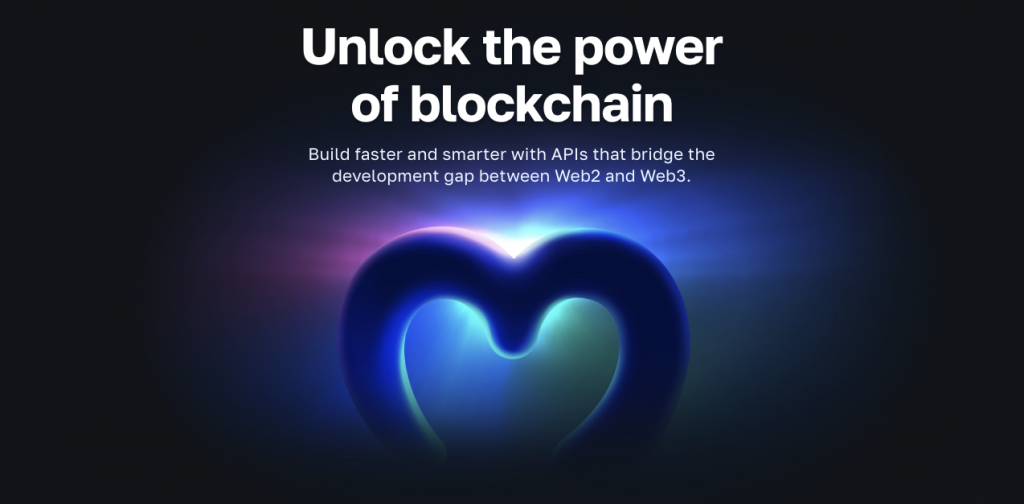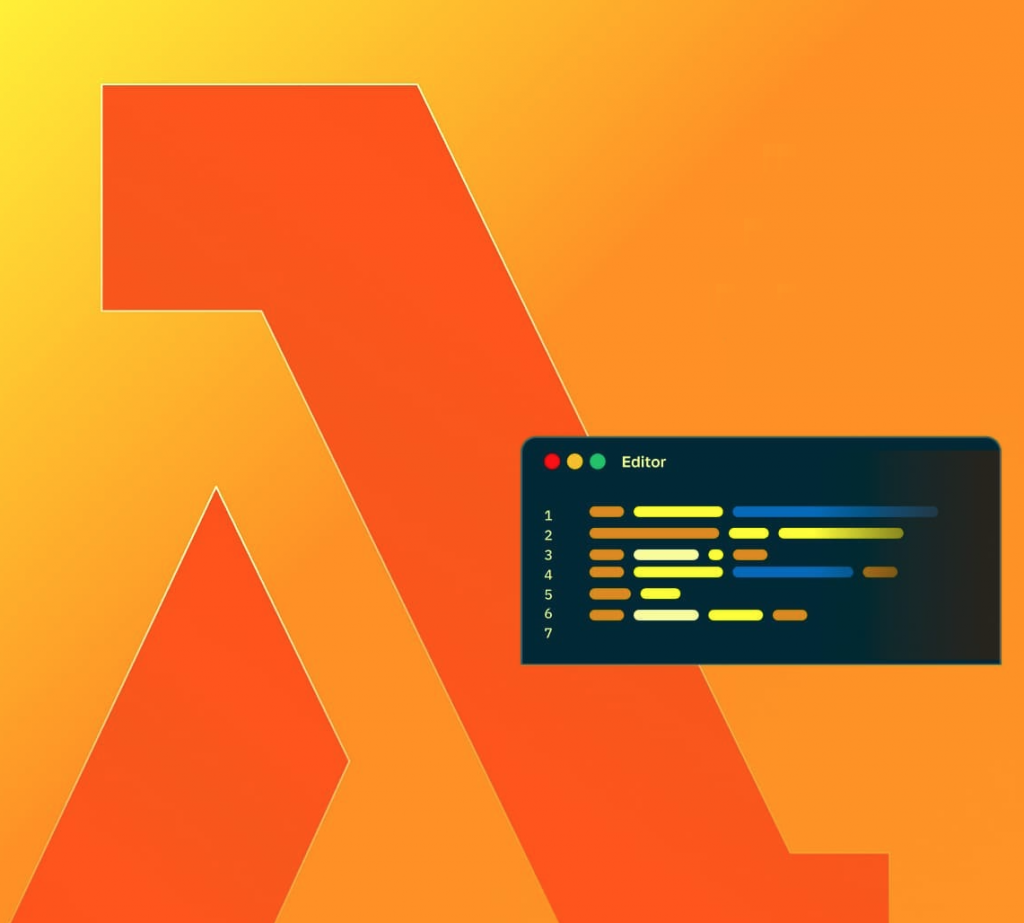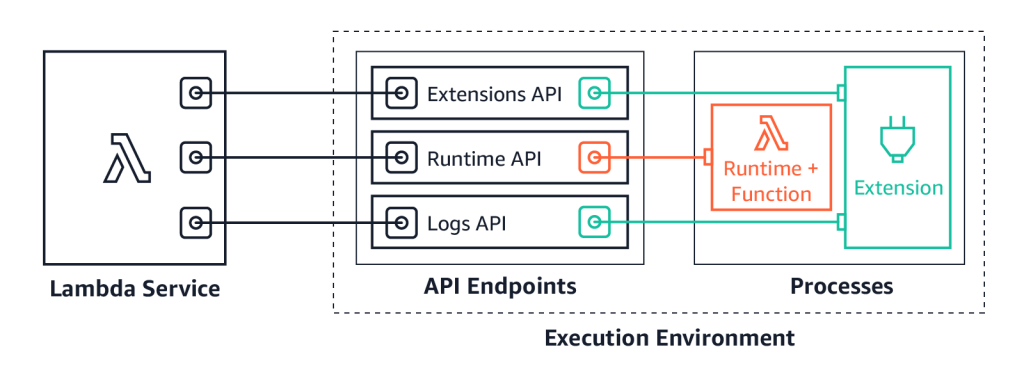The introduction of cloud computing highlights one of the most significant paradigms in computer technology, and AWS (Amazon Web Services) is one of the world’s most broadly adopted and comprehensive cloud computing platforms. AWS consists of a mixture of IaaS, PaaS, and SaaS offerings, with hundreds of services tailored to optimize organizations’ cloud experiences. Millions of customers, including large enterprises, fast-growing startups, and government agencies, use AWS to lower costs, become more agile, innovate faster, etc. Furthermore, one of the AWS platform’s most significant services is Lambda, which is where we will direct our attention in this article. As such, if you want to know more about this service, read on as we explore the ins and outs of AWS Lambda!
This article explains Lambda, an event-driven, serverless computing service allowing developers to run code without provisioning and managing servers. What’s more, to fully understand the intricacies of this service, this article additionally dives into AWS Lambda use cases, the benefits of the service, and the Lambda integration with Moralis!
If you are already familiar with Lambda, consider reading additional content here at the Moralis Web3 blog. The blog features fresh and exciting Web3 development content. For instance, check out our article on Web3 for enterprise or learn all you need about cross-chain bridging! Additionally, if you are generally interested in blockchain development, sign up with Moralis immediately. With Moralis’ Web3 APIs and scalable Web3 infrastructure, you can join industry leaders such as MetaMask, Polygon, and more, to fully leverage the power of blockchain technology!

What is AWS Lambda?
AWS (Amazon Web Services) is a prominent ecosystem of hundreds of web services and tools. Among them, you will find Lambda – one of the most well-used AWS services. Moreover, this section explores the intricacies of this component by answering the question, “what is AWS Lambda?”.

In short, Lambda is a serverless, event-driven computing service allowing you to run code without managing or provisioning servers. Furthermore, Lambda features a high-availability computing infrastructure, handling all the administrative tasks relating to your compute resources, including operating system and server maintenance, automatic scaling, capacity provisioning, logging, etc. Moreover, with Lambda, you can run code for any backend service or application. All you need to do is supply the code in one of Lambda’s supported languages!
When utilizing Lambda, you organize your code into functions, and the service only runs them upon request, providing automatic scalability. Consequently, AWS Lambda has the potential to run everything from a few requests per day to thousands every second. Also, AWS Lambda uses a “pay-as-you-go” payment structure. As such, you solely pay for the computing time your apps consume. This further means there are no costs when the code is not running.
Lambda functions can perform any computing task, including processing data streams, calling APIs (application programming interfaces), service webpages, etc. Since AWS Lambda is part of an extensive ecosystem, it is easy to integrate Lambda functions with other AWS services.
To summarize, thanks to the serverless characteristic of this AWS service, you are provided with a complete computing solution fully managed by Lambda. Accordingly, you do not have to focus on underlying infrastructures and can allocate more time towards writing application code to create higher customer value!
Service Features
Now, with a more profound understanding of the service and an answer to the “what is AWS Lambda?” question, this section will explore some of its main features. In doing so, you will find five key features below helping you create applications that are secure, scalable, and extensible:
- Scaling Controls and Concurrency – Lambda supplies scaling controls and concurrency, providing complete control over the responsiveness and scaling of your production apps.
- Code Signing – Code signing increases integrity and trust controls, enabling you to verify that only unaltered code you approve of is deployed into your functions.
- Lambda Extensions – With Lambda extensions, you can supplement all your functions. This does, for example, allow you to integrate AWS Lambda with other tools for security, governance, monitoring, etc.

- Database Access – A pool of databases is managed by a database proxy relaying queries from functions. Consequently, Lambda functions can reach high concurrency levels without over-consuming database connections.
- Functions Defined as Container Images – AWS Lambda allows you to use your favored container image workflows, tooling, and dependencies when building, testing, and deploying functions.
That covers a few of Lambda’s key features enabling you to create scalable applications easily. So, now that you are more familiar with what AWS Lambda is, let us take a closer look at some of the most significant AWS Lambda use cases!
AWS Lambda Use Cases
With an answer to the “what is AWS Lambda?” question, this section will look closer at some of the most prominent AWS Lambda use cases. However, it is possible to use Lambda in multiple scenarios, and we only have time to cover some of them. As such, the scope of this section narrows the use cases to five examples:
- Event-Driven Applications – The first AWS Lambda use case is event-driven applications. With Lambda, you can create event-driven functions enabling accessible communication between decoupled services. What’s more, with this feature, you can run apps during peak demand without having to worry about crashes, allowing you to cut unnecessary costs.
- Data Processing at Scale – Lambda is ideal for executing code at the capacity you require when you need it. As such, your applications can scale to match data volumes automatically.
- Creating Interactive Web and Mobile Backends – Another prominent AWS Lambda use case is to utilize the service in combination with other AWS tools to build stable, secure, and scalable online user experiences.
- Scalable APIs – You can use AWS Lambda to build scalable APIs. Lambda functions have the ability to serve single HTTP requests, and various parts of an API can be routed to different functions through Amazon API Gateway. Moreover, since AWS Lambda features data processing at scale, individual functions can grow separately. As such, various parts of an API can scale with current use levels, providing flexible and cost-effective API setups.
- Task Automation – AWS Lambda’s event-driven model makes the service great for automating business tasks that do not need entire servers. This can, for example, be useful when processing data from forms submitted on websites.
Nevertheless, that covers five examples of AWS Lambda use cases, but there is much more to discover on your own!

Why Use AWS Lambda?
If you have followed along this far, you now know what AWS Lambda is and what some of the service’s potential use cases are. However, you might still be wondering why you should use AWS Lambda in the first place. As such, this section covers the service’s main benefits, which answers the “why use AWS Lambda?” question.
To adequately answer the question above, this section covers four advantages of using AWS Lambda:
- Pay-As-You-Go – Lambda features a ”pay-as-you-go” billing plan, meaning that you only pay for the computing time you use. Consequently, if your app has significant fluctuation in workload depending on the time of day, this billing structure often becomes more cost-effective.
- Fully Managed Infrastructure – If you build Lambda functions, they run on the AWS infrastructure. As a result, you do not need to worry about maintaining underlying servers and can void redundant operational tasks to focus more on providing value for users.
- AWS Integration – Since Lambda is part of a greater ecosystem, it is easy to integrate this service with other AWS-based tools such as DynamoDB, API Gateway, S3, etc.
- Automatic Scaling – Lambda offers high flexibility and automatic scaling, meaning that the service helps you handle spikes in application activity. This is possible since Lambda only creates the instances for your functions when requested. This is closely related to the ”pay-as-you-go” billing structure, meaning that automatic scaling allows you to cut costs.
That covers some of the service’s main benefits and hopefully answers the ”why use AWS Lambda?” question. Next, we will look closely at some organizations using AWS Lambda!
Who is Using AWS Lambda?
This section provides three examples of organizations using AWS Lambda to modernize their business, and the first one is Nielsen!
Nielsen – Nielsen is a global organization and leader in audience measurement, analytics, and data. The company measures behavior over several channels and platforms to determine what audiences want. Moreover, Nielsen process vast quantities of data every day using AWS Lambda!
Stedi – The second example of an organization using AWS Lambda is Stedi. Stedi supplies APIs for building EDI integrations. What’s more, Stedi is using AWS Lambda to simplify B2B (business-to-business) transaction processes.
The Coca-Cola Company – The third and last example is The Coca-Cola Company, which needs no introduction. However, the organization launched a touchless fountain experience in only 100 days using AWS Lambda!
That covers three prominent examples of businesses that are using AWS Lambda. Among them is one of the most well-known brands on the planet: Coca-Cola. However, these are only three examples. Many other organizations are using AWS Lambda, which you can discover on your own!
Nevertheless, the article has now covered most of the intricacies of Lambda. The only thing remaining is how to use this service. As such, the following section will briefly outline the easiest way to use Lambda in a Web3 context!
AWS Lambda Integration with Moralis
The easiest way to use Lambda in a Web3 context is through Moralis’ Lambda support, allowing you to easily integrate the Moralis NodeJS SDK with the service. What’s more, you can do so in several different ways, and down below, you will find two prominent examples:

- Creating and Deploying a Lambda App with Multiple Functions – In Moralis’ documentation, you can find a guide on how to create and deploy a Lambda app with multiple functions. Furthermore, this guide shows you how to deploy NodeJS functions on Lambda. To make the process easier, the guide makes use of the conventional serverless framework. What’s more, this application contains two functions, one for fetching native balances and another for fetching NFTs (non-fungible tokens).
- Creating and deploying a Lambda NodeJS Express API – On the same documentation page, as mentioned earlier, you can scroll down and find a guide on creating and deploying a Lambda NodeJS Express API. Moreover, just like the example above, this guide additionally uses the traditional serverless framework to make the process easier.
We will not be diving deeper into these two examples as it falls outside the scope of this article. However, if you are interested in the Lambda integration with Moralis, you can find the official documentation here!
Summary – Exploring Lambda and What It’s Used For
AWS is one of the market’s most significant cloud computing platforms. The platform is a collection of cloud offerings with hundreds of services, one of which is Lambda!
Lambda is a serverless, event-driven cloud computing service allowing developers to run code without the need to manage an underlying backend infrastructure. Furthermore, Lambda has several excellent features, such as code signing, Lambda extensions, database access, etc. There are many AWS Lambda use cases, and some prominent examples are event-driven applications, data processing at scale, scalable APIs, task automation, etc. What’s more, there are several reasons developers should be using AWS Lambda, including the ”pay-as-you-go” billing structure, automatic scaling solutions, the fully managed infrastructure, and so on!
If you found the article helpful, check out more content here on the Moralis blog. For example, learn the intricacies of creating a Minecraft Web3 game or how to build a Discord bot for on-chain events! You can also take a closer look at Moralis’ enterprise-grade Web3 APIs, which facilitate a scalable Web3 infrastructure. Among them, you will find amazing tools like the EVM API, allowing you to build dapps in no time. If this sounds exciting, you might be interested in our tutorial on the fastest way to build a Web3 app! Also, with Moralis, you can incorporate Web3 streams via webhooks. Sounds interesting? If so, check out our article explaining Ethereum webhooks!
In addition, we highly recommend checking out Moralis Academy if you want to become a blockchain-certified developer. By enrolling, you gain access to some of the industry’s most prominent blockchain courses. If you are new to Web3 development, check out the following course: ”Ethereum 101”.
Nevertheless, sign up with Moralis immediately! By doing so, you can build applications smarter with state-of-the-art development tools bridging the development gap between Web2 and Web3!
